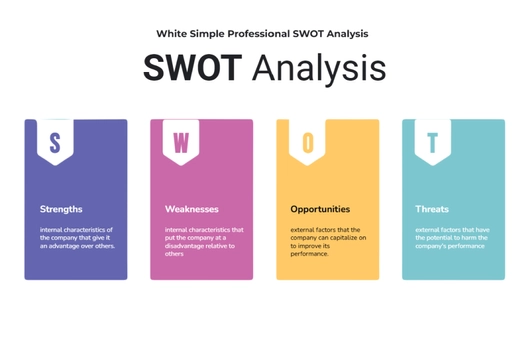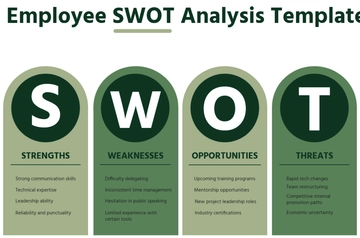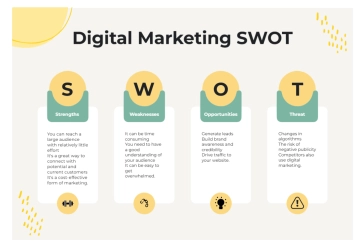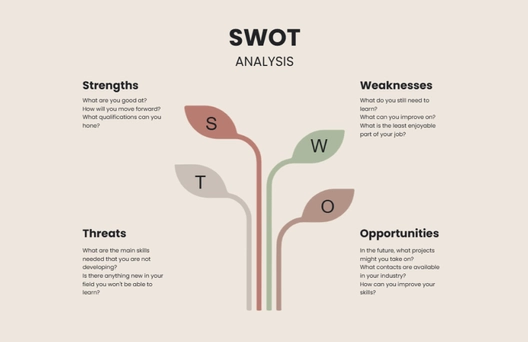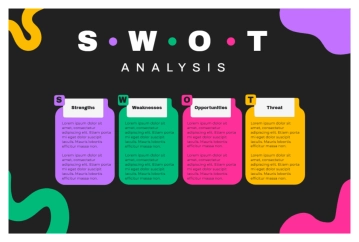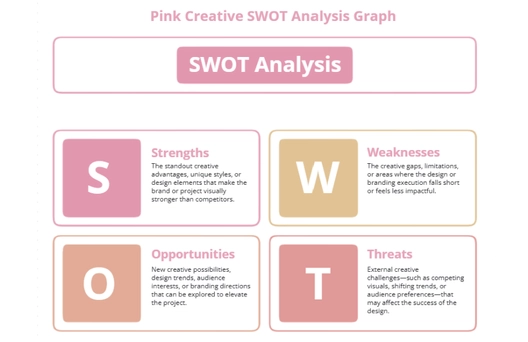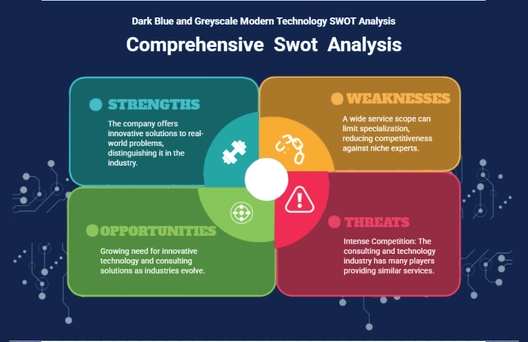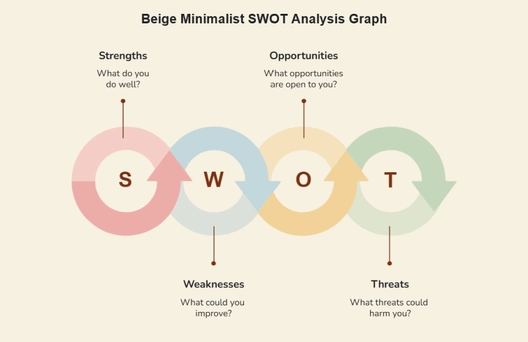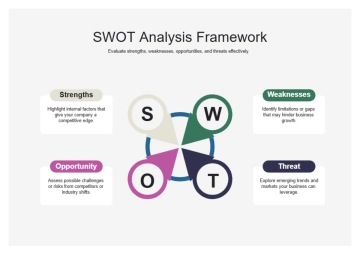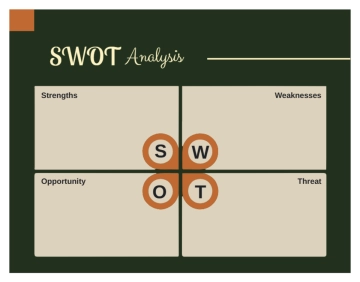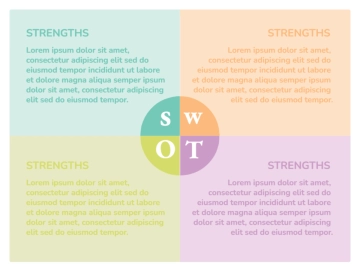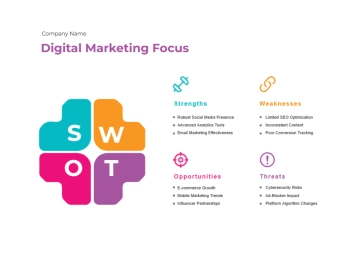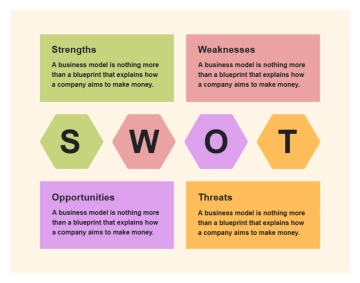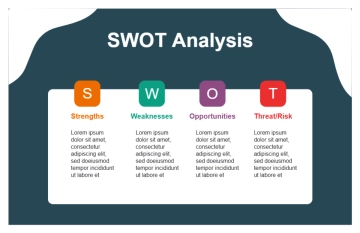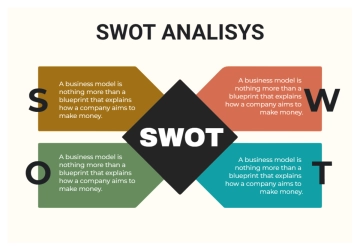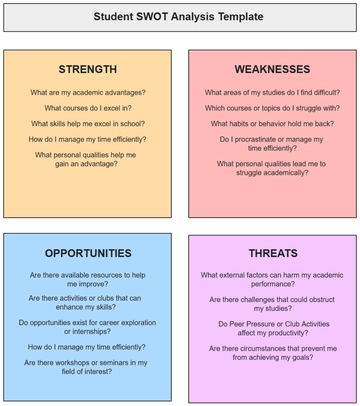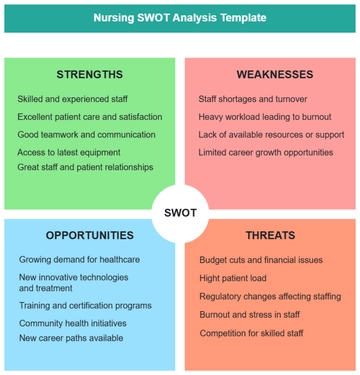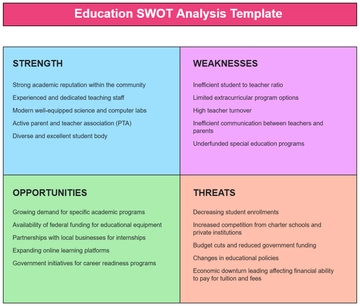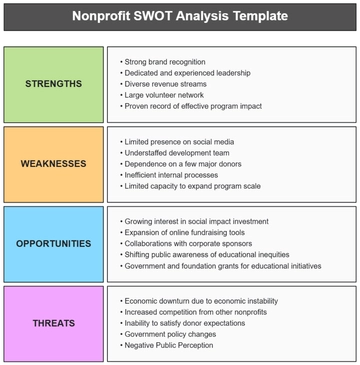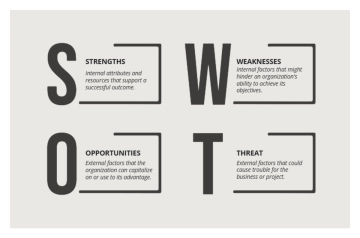Free Nursing Home Business Analysis
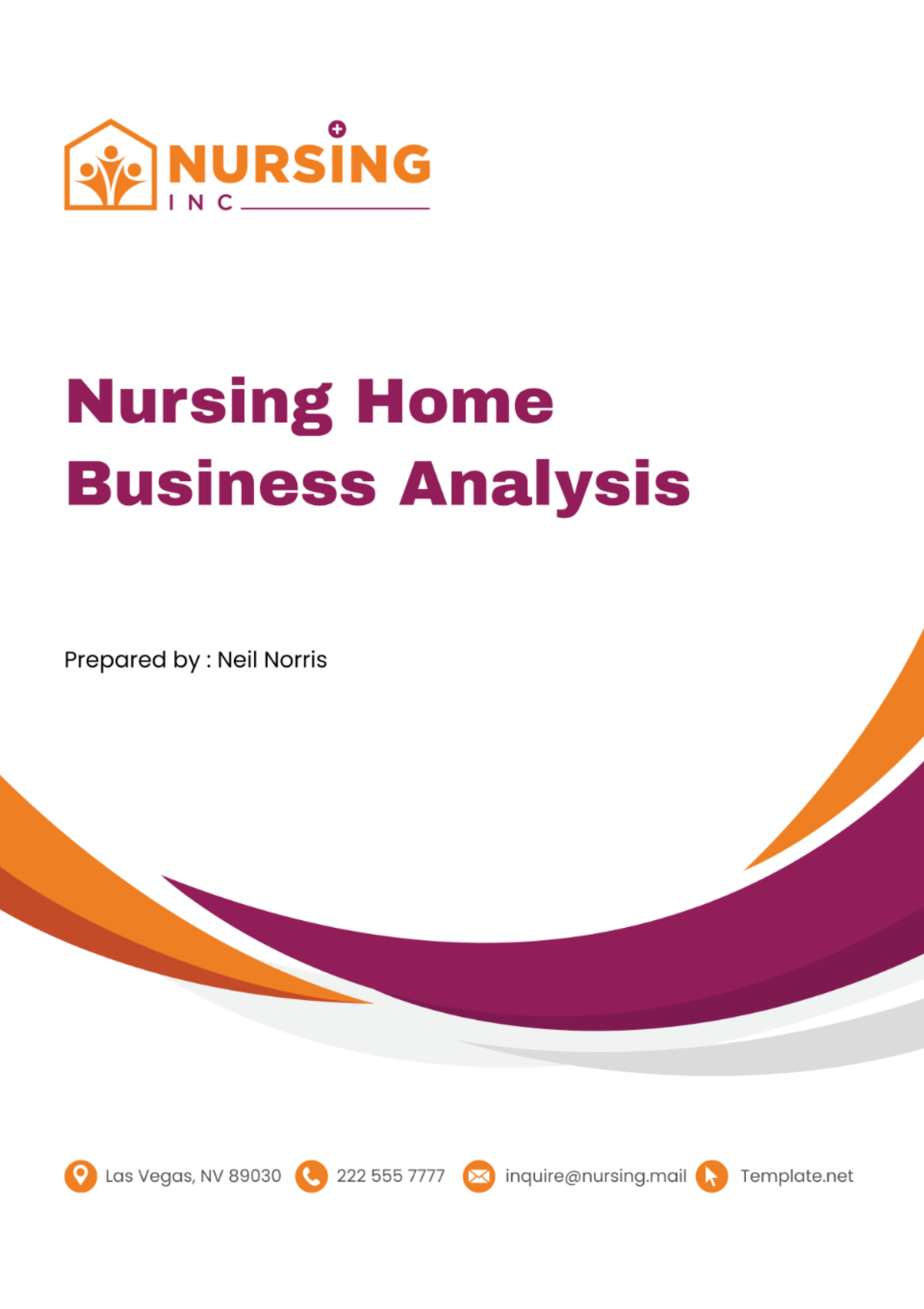
I. Executive Summary
[Your Company Name] stands as a premier nursing home facility, strategically situated in a vibrant community with a substantial elderly population. This business analysis examines the multifaceted aspects of [Your Company Name], identifying its operational strengths, market positioning, financial health, and opportunities for growth amidst the challenges of a competitive landscape.
II. Industry Analysis
The industry of senior care is currently experiencing a phase of fast-paced growth. This is primarily being driven by the steadily aging population as well as the increasingly diverse needs pertaining to healthcare. [Your Company Name] is an active player within this fast-moving and ever-changing environment. The company confronts not only stringent regulatory pressures but also robust competitive forces.
According to the prevailing trends and projections for the industry, there is an ongoing, sustained demand for specialized services catering to the care of elderly individuals. This current trajectory of the industry essentially positions [Your Company Name] within a sector that is ready and ripe for both innovation and expansion. With a greater capacity to adapt and evolve, the company can reinvent its strategies, services, and offerings to effectively capitalize on these opportunities for growth.
Competitive Landscape
Competitor | Market Share | Strengths | Weaknesses |
|---|---|---|---|
Pleasant Grove | 20% | Extensive facilities, strong brand recognition | Higher cost, less personalized care |
CareWell Living | 15% | Diverse services, strong community ties | Older facilities, operational inefficiencies |
Homestead Care | 10% | Strong focus on memory care | Limited geographic reach |
III. Market Analysis
The company that bears your name targets a broad and diverse populace of elderly individuals. This targeted group is comprehensive, ranging from those who require only minimal assistance in their daily tasks to those who require specialized and dedicated care. This specialized care includes services tailored to memory care as well as long-term support plans to cater to the unique needs of our clientele. The area specified by the term [Location] is particularly of interest to this effort. With a senior population that is consistently growing in this region, there are significant opportunities present. These opportunities can be leveraged for potential expansion and distinctive differentiation in the services we offer to our valued senior clientele.
Market Opportunities
Increasing demand for specialized memory care services.
Growing preference for aging-in-place services, providing room for home care expansions.
IV. Business Model
[Your Company Name] utilizes a comprehensive business model that integrates various revenue streams to ensure financial stability and allows for the expansion of services. The model is designed to cater to a broad spectrum of needs within the senior care market, from independent living to advanced memory care.
Revenue Streams Detailed
Source | Percentage | Description |
|---|---|---|
Private Pay | 65% | Direct payments from residents or their families for room, board, and care services. |
Insurance Billings | 25% | Reimbursements from private health insurance and long-term care insurance policies. |
Government Funding | 10% | Funding from Medicare, Medicaid, and other government programs for eligible services. |
Cost Structure
Category | Percentage | Description |
|---|---|---|
Staffing | 40% | Salaries and benefits for nursing staff, caregivers, and administrative personnel. |
Facility Operations | 30% | Maintenance, utilities, property taxes, and insurance for the physical facility. |
Medical Supplies | 20% | Cost of medical equipment, medications, and other healthcare supplies. |
Technology | 10% | Investments in healthcare technology, IT infrastructure, and software licenses. |
V. Operations Analysis
Operational efficiency is critical in the healthcare sector, especially in senior care where the quality of service directly impacts resident well-being. [Your Company Name] focuses on optimizing operations to enhance care quality and reduce unnecessary costs.
Key Operational Metrics
Metric | Industry Standard | [Your Company Name] Performance |
|---|---|---|
Staff-to-Resident Ratio | 1:6 | 1:4 |
Resident Satisfaction | 85% | 95% |
Compliance Score | 90% | 98% |
VI. Financial Analysis
A detailed financial analysis reveals the health and sustainability of [Your Company Name]'s operations, guiding strategic decisions for future investments and growth.
Financial Performance (Past 3 Years)
Year | Revenue | Operational Cost | Net Profit | Profit Margin |
|---|---|---|---|---|
[Year] | $4.5M | $3M | $900K | 20% |
[Year] | $4.8M | $3.2M | $960K | 20% |
[Year] | $5M | $3M | $1M | 20% |
Financial Projections (Next 3 Years)
Year | Revenue Projection | Expected Operational Cost | Expected Net Profit | Anticipated Profit Margin |
|---|---|---|---|---|
[Year] | $5.5M | $3.5M | $1.1M | 20% |
[Year] | $6M | $3.8M | $1.2M | 20% |
[Year] | $6.5M | $4M | $1.3M | 20% |
VII. SWOT Analysis
Strengths
| Weaknesses
|
Opportunities
| Threats
|
VIII. Strategic Recommendations
In light of the analysis, several strategic initiatives emerge as critical for [Your Company Name] to sustain its growth, enhance its service quality, and maintain a competitive edge in the senior care industry. Firstly, the expansion of home health services represents a significant opportunity. With an increasing number of seniors preferring to age in place, [Your Company Name] can tap into this growing demand by offering in-home care options. This expansion would not only diversify its revenue streams but also strengthen its market position by catering to a broader range of client needs.
Implementing telehealth solutions stands out as another pivotal strategy. The integration of remote monitoring and telehealth services can substantially enhance the efficiency and reach of [Your Company Name]'s care delivery. This approach aligns with the evolving healthcare landscape and consumer expectations, offering convenience, improving health outcomes, and potentially reducing hospital readmissions. Such technological adoption can streamline operations, allowing [Your Company Name] to offer personalized, high-quality care to a wider demographic.
Furthermore, forming strategic partnerships with local healthcare providers, including hospitals and clinics, can significantly enrich [Your Company Name]'s continuum of care. These collaborations can facilitate seamless transitions for patients requiring post-acute care, broaden the scope of services offered, and improve overall patient outcomes. Establishing these partnerships can also enhance [Your Company Name]'s referral network, driving growth and reinforcing its reputation as a leader in comprehensive senior care solutions.
In conclusion, by pursuing these strategic recommendations, [Your Company Name] can effectively navigate the challenges and opportunities within the senior care industry. Expanding home health services, leveraging telehealth technologies, and cultivating healthcare partnerships are pivotal strategies that will enable [Your Company Name] to enhance its service offerings, improve care quality, and achieve sustainable growth. Success in these endeavors will require meticulous planning, investment in technology and human resources, and a continued commitment to excellence in senior care.
IX. Implementation Plan
Strategy | Timeline | Responsible | Estimated Cost |
|---|---|---|---|
Expand home health services | Q1-Q2 | Operations Team | $500K |
Implement telehealth solutions | Q3 | Tech Department | $300K |
Form healthcare partnerships | Q4 | Business Development | $200K |
X. Conclusion
The business analysis underscores [Your Company Name]'s robust position in the senior care industry, highlighting its operational strengths, financial health, and strategic opportunities. By focusing on operational optimization, financial management, and strategic growth initiatives, [Your Company Name] is poised to capitalize on industry trends and address the evolving needs of the elderly population. Future success will depend on the organization's ability to adapt to market demands, innovate in care delivery, and maintain its commitment to quality and compassion in senior care.
- 100% Customizable, free editor
- Access 1 Million+ Templates, photo’s & graphics
- Download or share as a template
- Click and replace photos, graphics, text, backgrounds
- Resize, crop, AI write & more
- Access advanced editor
Drive your nursing home's success with Template.net's Nursing Home Business Analysis Template. Expertly designed for comprehensive evaluation, this template is fully customizable and editable using our Ai Editor Tool. Analyze business performance, identify improvement areas, and strategize for future growth. A critical tool for any nursing home seeking operational excellence, exclusively from Template.net.
